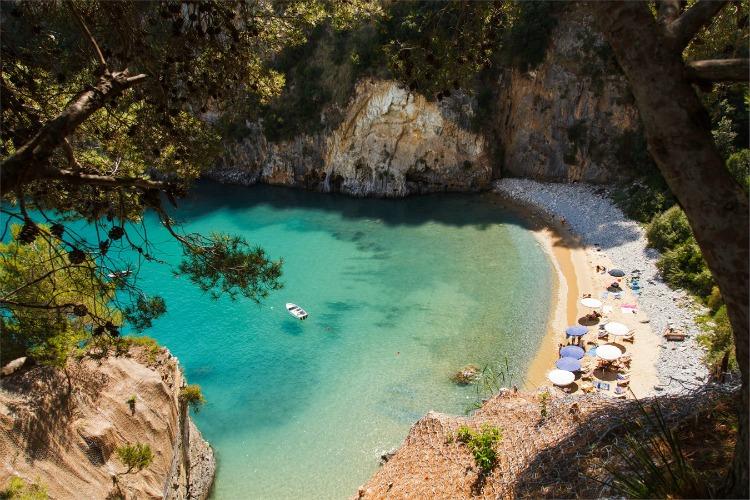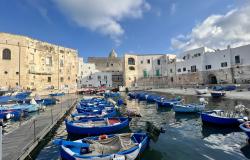As we head into summer season, it’s good to know what beaches in Italy are ranked the highest in terms of cleanliness and environmental sustainability.
And the news is good for anyone who loves going to the beach: the number of Italian beaches earning a Blue Flag – the prestigious recognition for cleanliness and sustainability – has increased this year to 280, up 11 beaches from last year.
The Blue Flag certification is awarded every year by the international Foundation for Environmental Education (FEE), which evaluates beaches on a series of strict criteria, including water quality, environmental education and management, safety and sustainable development.
Liguria has the highest number of Blue Flag beaches this year with a total of 23, followed by Tuscany with 18 and Marche with 17. Behind them are Campania with 14, Puglia with 11, Emilia-Romagna with 9, Abruzzo, Veneto, Lazio and the island of Sardinia with 8. The island of Sicily lost one Blue Flag and now has a total of four, along with Calabria. Molise, Friuli and Basilicata have respectively 3, 2 and 1. Eight Blue Flags were awarded to lakeside resorts in Lombardy, Piedmont and Trentino-Alto Adige.
The 11 new entries are: Capaccio (Campania); Terracina (Lazio); Borghetto S.Spirito, Taggia, Santa Margherita Ligure (Liguria); Cannobio (Piemonte); Castellaneta (Puglia), Castelsardo, Sorso (Sardegna), Tusa (Sicilia), Rosolina (Veneto).
"We can announce with satisfaction an increase in the number of Blue Flags in 2015 as well," said FEE Italy President Claudio Mazza. "This constant increase proves the determination of many municipalities not to put environmental issues in second place despite budget cuts."
Mayors claim that the Blue Flag award has the power to attract up to 35% more tourists. And it certainly makes sense to reward those resorts that pay attention to environmental issues.
For a complete list of Blue Flag beaches in Italy, click here.









